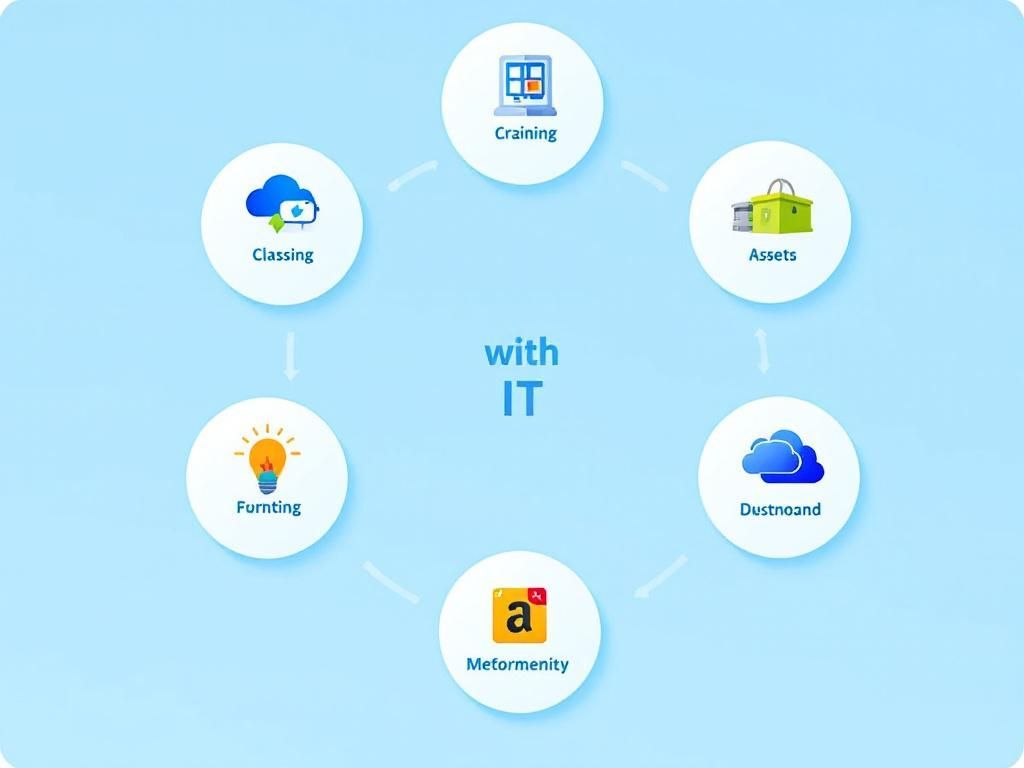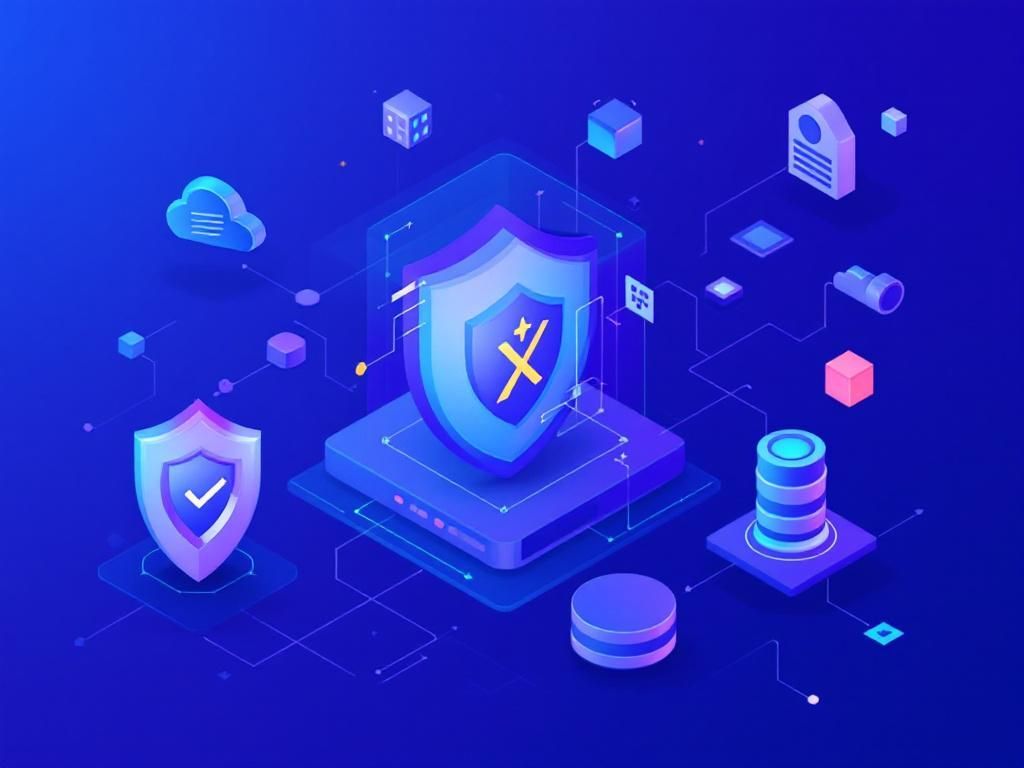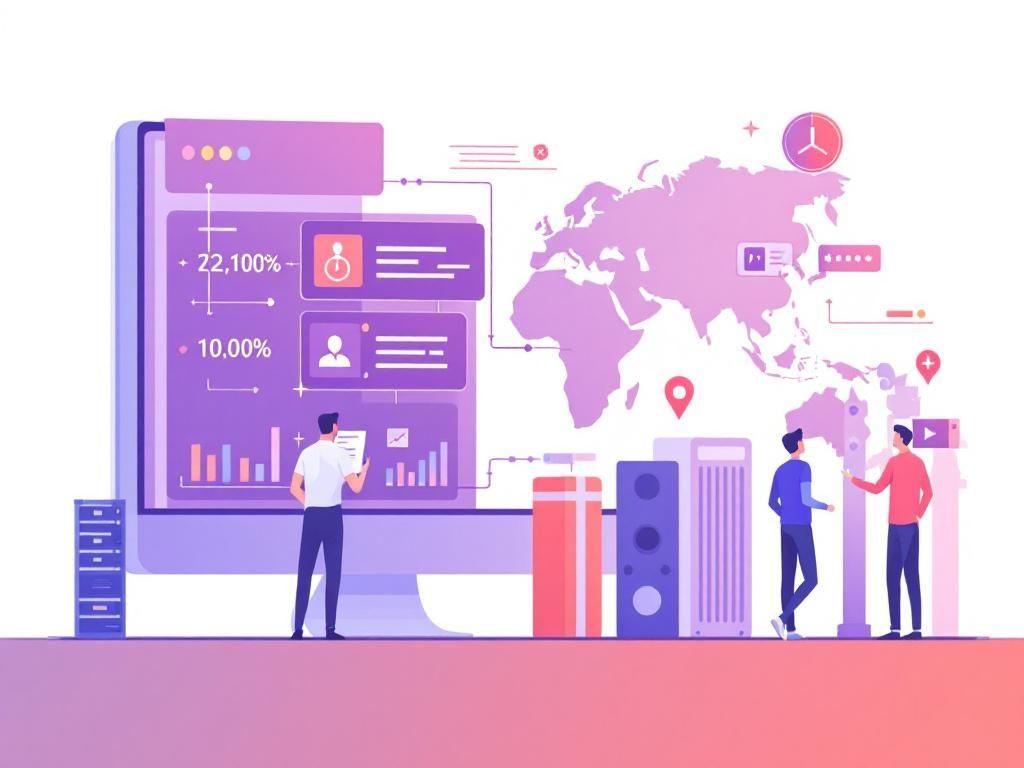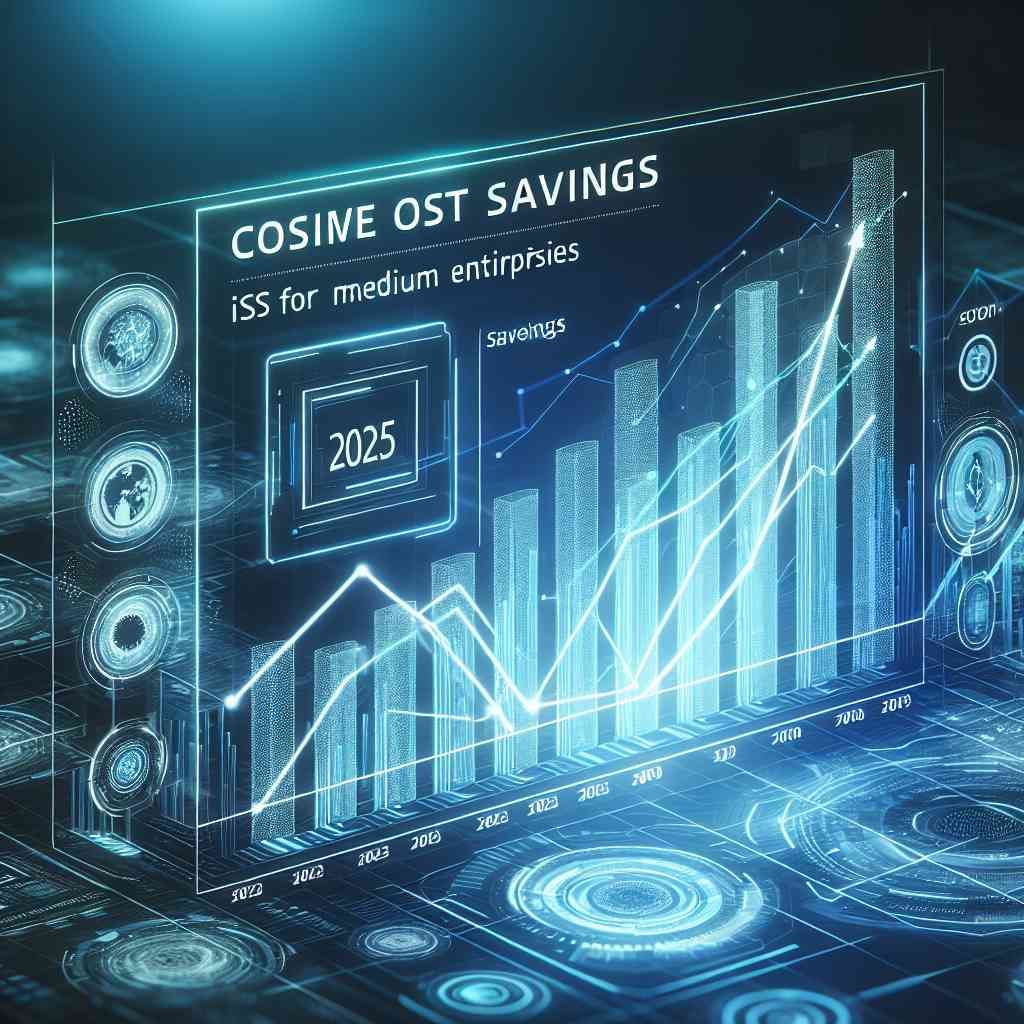Maximize Efficiency with IT Asset Management Strategies
Discover effective IT asset management strategies to optimize efficiency and reduce costs in your organization. Learn best practices and tools.
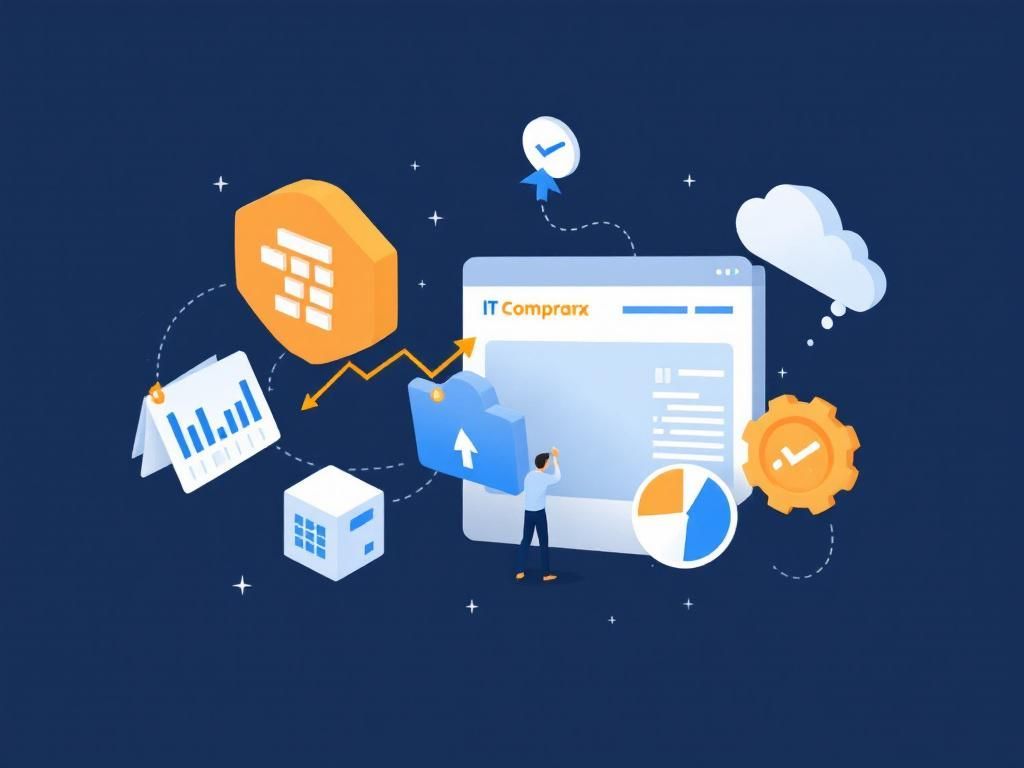
In today’s fast-paced digital landscape, efficient management of IT assets is a cornerstone of successful organizational operations. With the rapid evolution of technology, keeping track of hardware, software, and other resources is not only crucial for operational efficiency but also for cost management and strategic planning. This article delves deep into the intricacies of IT asset management (ITAM), exploring its importance, best practices, and the tools that can help organizations maximize their efficiency.
Table of Contents
The Importance of IT Asset Management
IT asset management encompasses the processes and tools used to monitor and manage assets throughout their lifecycle. From acquisition to disposal, effective ITAM provides a comprehensive overview of an organization’s IT resource inventory, ensuring optimized utilization and compliance with regulatory standards.
Benefits of Effective ITAM
- Cost Savings: By identifying underutilized resources, organizations can reduce unnecessary expenditure.
- Risk Management: ITAM helps in identifying vulnerabilities in software and hardware that may lead to security breaches.
- Regulatory Compliance: Proper management of assets can ensure adherence to licensing agreements and regulatory requirements.
- Enhanced Decision Making: Access to accurate data regarding assets aids in strategic planning and investment decisions.
- Streamlined Operations: Efficient ITAM processes lead to reduced downtime and improved productivity.
Key Components of IT Asset Management
Implementing an effective IT asset management strategy involves several key components that organizations must address.
1. Asset Lifecycle Management
Asset lifecycle management covers the entire lifespan of an asset, from procurement to retirement. This includes:
- Acquisition and deployment
- Maintenance and support
- Upgrade and replacement
- Disposal and recycling
2. Inventory Management
Keeping an accurate inventory of all IT assets is fundamental. This involves:
- Regular audits to update asset records
- Tagging and tracking assets
- Using asset management software for real-time tracking
3. Software Compliance
Organizations must ensure that they comply with software licensing agreements to avoid legal penalties. This requires:
- Maintaining records of software licenses
- Monitoring software usage
- Regularly auditing compliance status
Implementing ITAM Best Practices
To maximize efficiency with IT asset management, organizations should adopt the following best practices:
1. Define Clear Policies
Establishing clear asset management policies sets the foundation for effective ITAM. This includes:
- Defining roles and responsibilities
- Outlining procedures for asset procurement and disposal
- Setting guidelines for software installation and usage
2. Invest in ITAM Tools
The right tools can significantly enhance the efficiency of IT asset management processes. Some popular ITAM tools include:
| Tool Name | Key Features | Pricing |
|---|---|---|
| ServiceNow | Asset tracking, lifecycle management, integration with ITSM | Varies by organization size |
| ManageEngine AssetExplorer | Web-based asset management, software license management | Starts at $955/year |
| Ivanti IT Asset Management | Automated asset discovery, compliance tracking | Contact for pricing |
3. Regular Training and Awareness
To ensure the effectiveness of ITAM practices, continuous training is essential. Organizations should:
- Provide regular training sessions for IT staff
- Encourage employees to report asset issues promptly
- Promote awareness of asset management policies
Challenges in IT Asset Management
While IT asset management offers numerous benefits, organizations face various challenges in its implementation:
1. Data Management
Accurate data is crucial for effective ITAM, yet maintaining up-to-date records can be resource-intensive. Organizations must invest in automated tools to streamline data collection and management.
2. Integration with Existing Systems
Integrating ITAM tools with existing systems can be complex. Organizations should ensure that new tools can communicate effectively with legacy systems to avoid data silos.
3. Adapting to Rapid Technological Changes
The pace of technological change can outstrip an organization’s ability to adapt. Continuous monitoring of trends and flexibility in asset management strategies is required.
Future Trends in IT Asset Management
As technology continues to evolve, IT asset management will also undergo significant transformations. Key trends to watch include:
1. Increased Automation
Automation is set to play a huge role in streamlining ITAM processes, helping organizations reduce manual work and minimize errors.
2. AI and Machine Learning Integration
Artificial intelligence and machine learning will facilitate predictive analytics, enabling organizations to forecast asset needs and optimize resource allocation.
3. Focus on Sustainability
With increasing emphasis on sustainability, organizations are likely to adopt eco-friendly practices in asset disposal and management.
Conclusion
In conclusion, effective IT asset management is essential for maximizing operational efficiency and minimizing costs in today’s technology-driven environment. By understanding its components, implementing best practices, and staying ahead of industry trends, organizations can ensure that they are not only managing their IT assets efficiently but also strategically positioning themselves for future success.
FAQ
What is IT Asset Management?
IT Asset Management (ITAM) is a set of business practices that involves managing, tracking, and optimizing the organization’s IT assets throughout their lifecycle.
How can IT Asset Management improve efficiency?
ITAM helps organizations reduce costs, improve compliance, and optimize resource allocation, leading to enhanced operational efficiency and productivity.
What are the key components of an effective IT Asset Management strategy?
An effective ITAM strategy includes asset tracking, lifecycle management, compliance management, and data analytics to inform decision-making.
Why is IT Asset Management important for businesses?
ITAM is crucial for businesses as it helps manage assets effectively, reduces waste, ensures compliance with regulations, and supports informed investment decisions.
What tools are available for IT Asset Management?
There are various ITAM tools available, including Software Asset Management (SAM) tools, cloud-based solutions, and integrated IT management platforms that streamline asset tracking and management.
How can I get started with IT Asset Management?
To get started with ITAM, assess your current asset inventory, define your management goals, select appropriate tools, and establish processes for tracking and optimizing your IT assets.

